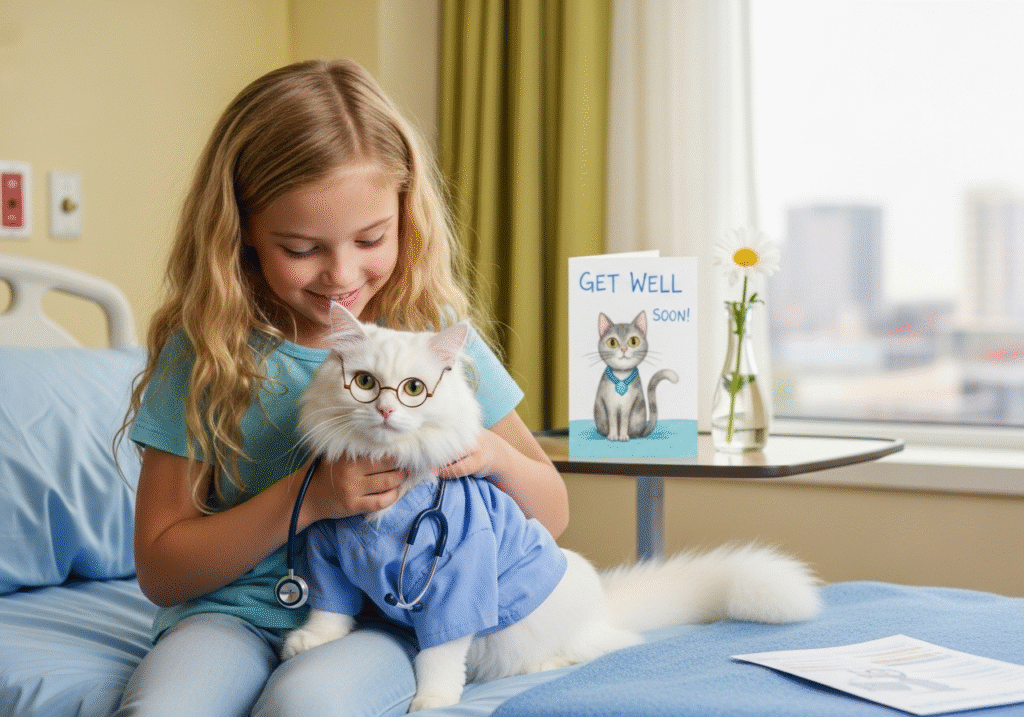
Seasonal influenza epidemics are accelerating nationwide. Daycare centers (for children aged 0-6) adhere to the School Health and Safety Act (specifying Type 2 Infectious Diseases) and the Child and Family Agency’s “Guidelines for Infectious Disease Control in Daycare Centers.” While daycare centers are not legally “schools,” and thus the rules are not strictly mandatory, nearly all facilities adopt these standards. To prevent the spread of infection, prompt notification and compliance are essential.
1. When Can the Child Return to Daycare? (Attendance Criteria)
A child is prohibited from attending daycare (attendance suspension) after the onset of influenza until “5 full days have passed since the onset of the illness, AND 3 full days have passed since the fever subsided.”
This rule allows an extra day after the fever subsides compared to elementary school students (due to the immune characteristics of infants/toddlers). The period can be shortened if a doctor determines there is “no risk of infection.”
How to Count the Days:
- Day of Onset: The day symptoms (e.g., fever ≥38∘C) first appear is counted as Day 0. The count starts on the next day. (Example: Onset 18th Nov → 19th = Day 1, 22nd = 5 days passed).
- Day of Fever Subsidized: The day the temperature remains below 37.5∘C without fever reducers is counted as Day 0. The count starts on the next day. (Example: Fever subsides 22nd Nov → 23rd = Day 1, 25th = 3 days passed).
- Day of Return: The child can return the morning after both conditions are met. Return may be permitted even if a cough or runny nose remains, upon doctor’s judgment.
| Example: Onset Date | Fever Subsides Date | Possible Return Date (Estimate) | Total Days Off |
| Nov 18 (Mon) | Nov 22 (Fri) | Nov 26 (Tue) | 8 days (Day 8 post-onset) |
| Nov 18 (Mon) | Nov 21 (Thu) | Nov 25 (Mon) | 7 days (Day 7 post-onset) |
| Nov 18 (Mon) | Nov 23 (Sat) | Nov 27 (Wed) | 9 days (Day 9 post-onset) |
2025 Key Point: Due to the slightly longer viral shedding period of the prevalent strain, mask-wearing is recommended even after the fever subsides. If siblings are co-infected, the count must be performed individually for each child.
2. Examples of Attendance Authorization Certificates
While guidelines state they are “desirable” and not strictly mandatory, approximately 70% of daycare centers require submission (Child and Family Agency survey). Some centers may refuse admission without the document, so advance confirmation is necessary. Issuance via online consultation (e.g., Kids Doctor) is often possible.
| Document Type | Completed By | Target Infectious Disease | Examples & Submission Methods |
| Medical Certificate(Iken-sho / Attendance Authorization Certificate) | Physician | Severe diseases like Influenza, Measles, etc. | Filled out by the doctor after diagnosis of “no risk of infection.” E.g., Itabashi City public centers provide downloadable PDFs by facility name (includes name, DOB, disease, date of return). Yokohama City uses a dedicated form for both Flu/COVID. |
| Attendance Notice(Tōen Todoke) | Guardian (After Doctor’s Diagnosis) | Influenza, Chickenpox, etc. | Guardian fills in symptoms and duration. E.g., Kobe City: Free download (requires onset date, fever-subsided date, doctor’s name). Funabashi City: PDF with an infectious disease list. |
Practical Flow Example (Based on Yokohama/Itabashi, 2025 Protocol):
- Onset Notification → Call the daycare center immediately.
- During Treatment → Administer Tamiflu, etc.
- Upon Recovery → Re-visit the doctor (around 3 days after fever subsides). Bring the daycare’s specified form.
- Submission → The doctor signs the Medical Certificate stating: “Influenza Type A, Onset 18th Nov, Fever Subsided 22nd Nov, Return Permitted 26th Nov.” The guardian supplements the Attendance Notice.
- Return → Center verifies, then grants admission. A copy may be submitted while keeping the original.
2025 Update: A special form is used for Flu/COVID co-infections (Reiwa 6 revision). Free download available on local government websites (e.g., Yokohama City Child and Youth Bureau). More centers are refusing admission without submission (enhanced infection control).
3. Summary of Key Considerations
| Caution Category | Details |
| Confirm Daycare Rules | Each center may have its own standards (e.g., an extra day for a lingering cough). Documented in the employment regulations upon enrollment. Reconfirm by phone during peak season. |
| Sibling/Family Infection | Siblings: Counted individually, but simultaneous isolation is recommended if symptoms appear together. Family Infection: No preventative standby for the child, but take leave if the child shows even minor signs of illness. |
| Lingering Symptoms | Cough and runny nose are OK, but a doctor’s clearance is essential. Seek re-examination due to the risk of secondary infection (pneumonia). |
| No Submission Required | Guidelines state “desirable” only. May be omitted by small-scale centers or those with mild cases, but submit the form to avoid conflict. |
| Legal/Burden Aspect | Compliance with the School Health and Safety Act is voluntary for daycare centers. Forcing the certificate may increase burden (MHLW not recommending it). Use online issuance to reduce clinic visits. |
| Prevention/Additional Measures | Before Return: Strict mask-wearing, hand hygiene. Cluster: Temporary closure if a cluster occurs (Director’s decision). Vaccination prevents severe illness. |
Conclusion: Since influenza can easily become an “infection bomb” in daycare centers, the strict adherence to Immediate Onset Reporting → Strict 5 days+3 days Rule→ Secure Return with Authorization Certificate is the iron rule. The widespread use of early test kits in 2025 makes diagnosis easier and offers a chance to minimize the leave period. Consult your doctor or the daycare director if in doubt.

